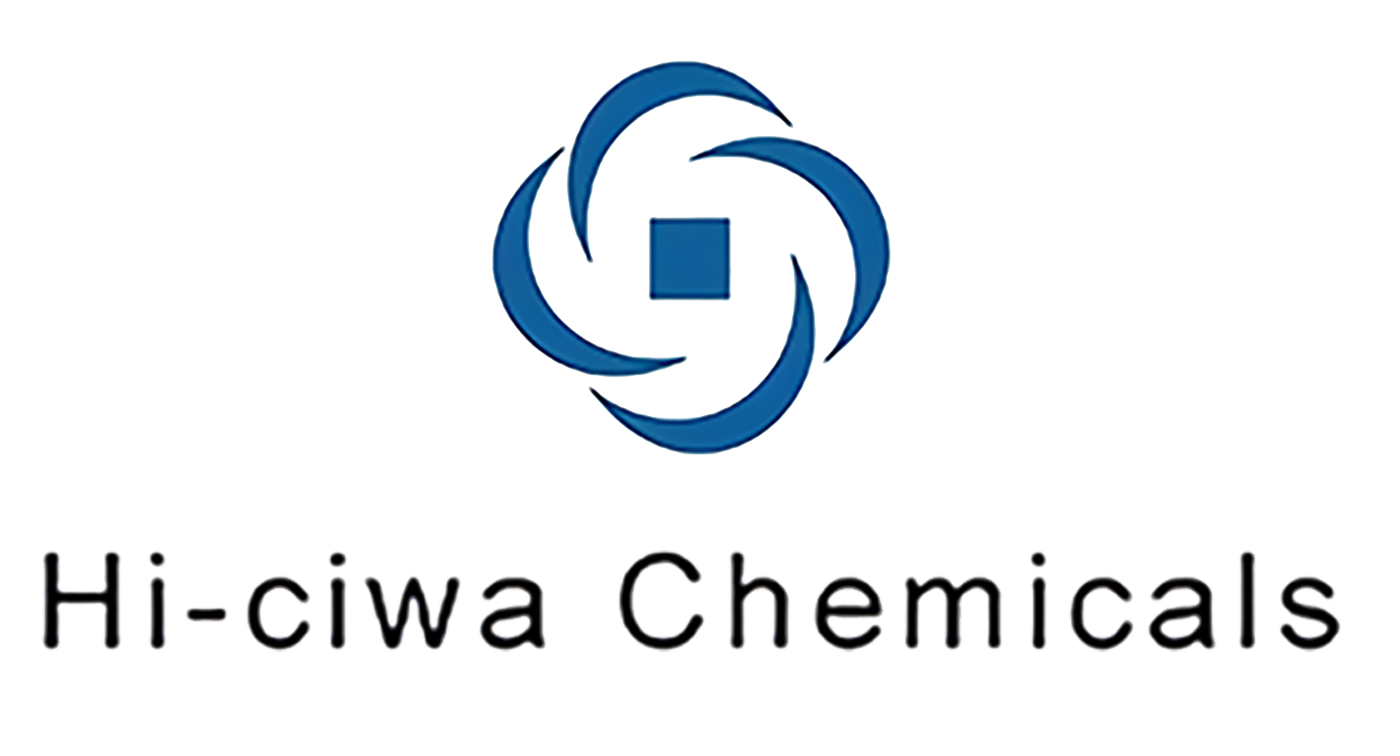Suggestions for solving yellowing of bleached cloth
Polyester fabric whitening
Polyester fabric whitening processing, the traditional use of DT whitening agent. DT whitener is a heterocyclic ethylene (propylene) whitener with benzooxazole structure, but its performance is not ideal, and the double (styrene) benzene derivatives of the late 1980s launched fluorescent whiteners such as PSCPS, Blankophor ER has high strength, bright white color, high temperature resistance, not easy to sublimate, not easy to pan.
Polyester fabric whitening processing, the traditional use of DT whitening agent. DT whitener is a heterocyclic ethylene (poly) whitener with benzoxazole structure, but its performance is not ideal. In the late 1980s, the double (styrene) benzene derivatives of fluorescent whitening agents such as PSCPS, Blankophor ER have high strength, bright white color, high temperature resistance, not easy to sublimate, not easy to yellowing, bleaching and other characteristics, so the processing quality is ideal. Polyester fluorescent brightener is generally whitened by two processes.
(1) Hot melt method This method is the fabric dip whitening liquid and dry, and then hot melt or shape (180 ~ 200℃, 30 ~ 60s). The amount of whitening agent DT is higher, while the amount of CPS and ER is lower, and CPS-1 is about (1/10) ~ (1/12) of DT. The whiteness of CPS and ER changes little at high temperature, while the whiteness of DT decreases with increasing temperature above 180℃. When hot melting at 190℃, the whiteness of DT decreases significantly after 50s.
(2) High temperature and high pressure method This method is to place the fabric in the whitening liquid of the high temperature and high pressure dyeing machine and treat it at 125 ~ 130℃ for 20 ~ 30min. The amount of whitening agent DT is between 1% and 4%, while the amount of CPS and ER is low, and CPS is generally (1/10) ~ (1/12) of DT.12)。





